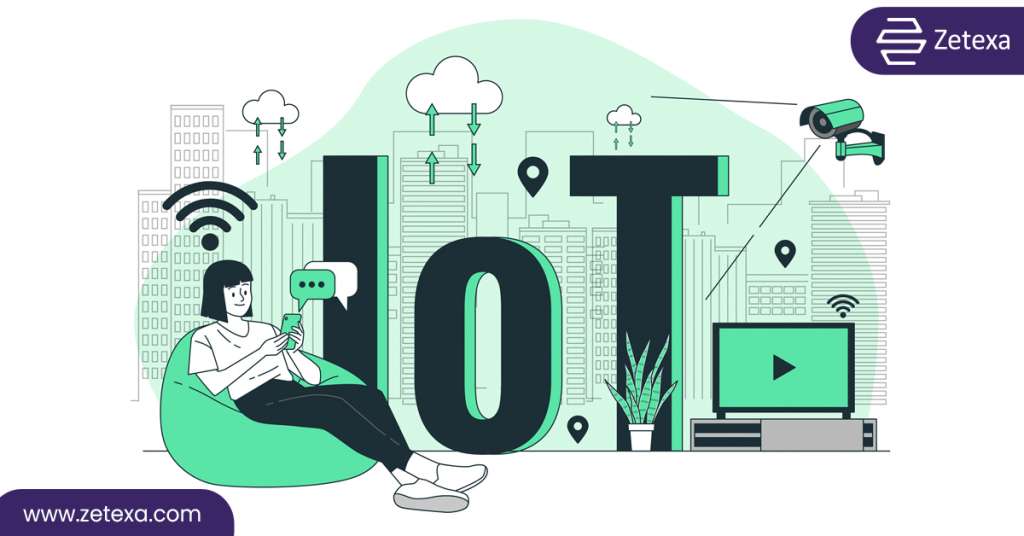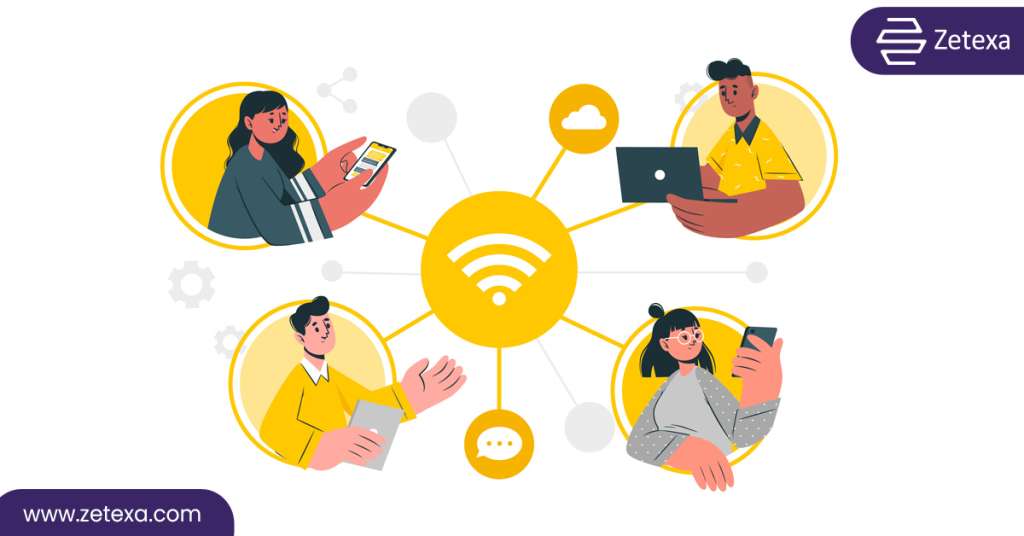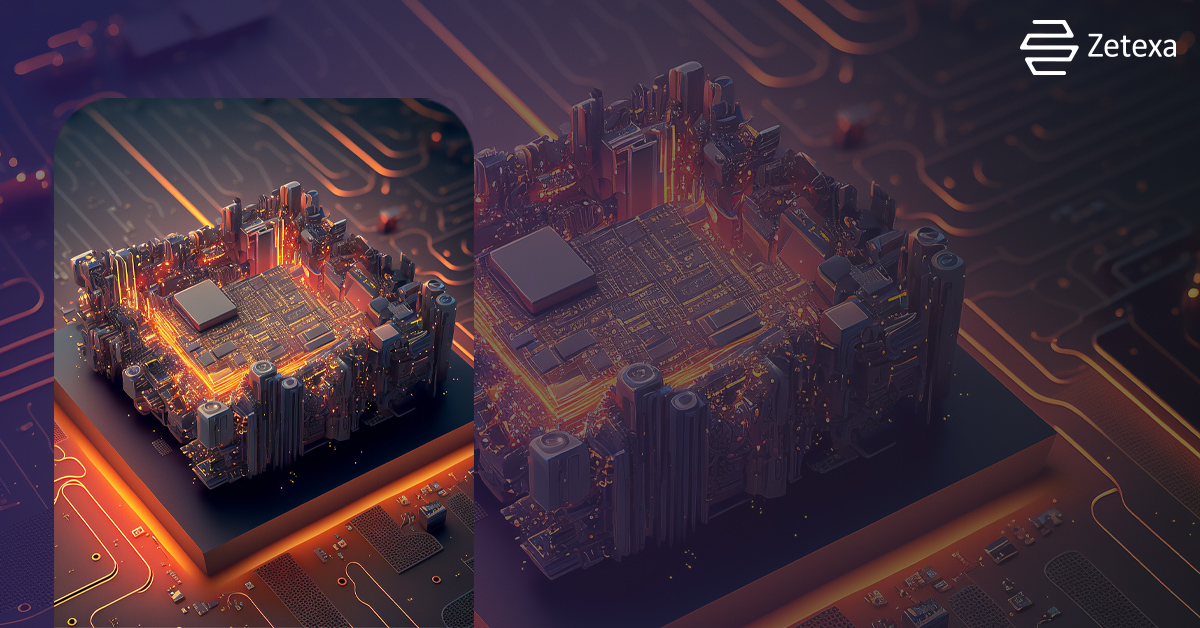Best eSIM for international travel enables IoT devices to transmit data securely and consistently. As IoT technologies grow in smart homes, industrial automation, and healthcare, the best eSIM for international travel thrives in a fast-connected world. Devices communicate seamlessly, and the best eSIM for international travel transforms how we interact with technology. Stable IoT connectivity solutions, like the best eSIM for international travel, are vital for smooth, reliable data transmission across borders. Ultimately, the best eSIM for international travel ensures a seamless experience for IoT devices globally.
A highly well-known facilitator of this link would become an eSIM. This technology can transform how devices connect to networks and partially overcome several historical obstacles. Let’s now explore how various eSIM solutions are addressing these issues in practice and influencing IoT connections in the future.
Let us understand the basics: What is eSIM?
When you think of a SIM card, you picture a small chip connecting a device to a cellular network. An eSIM, or embedded SIM, takes this concept further by integrating the SIM into the device’s hardware. Instead of inserting a physical SIM, the system remotely provisions and manages it over the air via a SIM profile.
Rise of eSIM in IoT:
IoT devices range in size from enormous industrial machinery to the tiniest sensor ever made. Conventional SIM card administration becomes incredibly expensive and time-consuming with this kind of diversity. Here’s where eSIM truly helps to simplify the situation.
1. Flexibility in Connectivity: eSIM will help IoT devices function when physically changing SIMs between networks is a tricky proposition. The same device can operate across various regions, each with different network coverage and unique connectivity requirements at different times.
2. Remote Management: eSIM provides a crucial benefit for large IoT fleets—easier remote management. Operators can supply, activate, and update SIM profiles over-the-air, reducing physical interventions and streamlining maintenance.Reduction in some operational costs is now possible.

3. Security Enhancement: Most of the data handled by the IoT devices is sensitive in nature, hence assuming a central place in security matters. eSIM technology puts in place very effective security features to achieve integrity in its data and prevent unauthorized access by effecting measures such as encryption and authentication protocols.
4. Scalability: As IoT deployments grow, managing traditional SIM cards becomes complex. eSIM simplifies scaling by allowing easy addition or removal of devices from a network, eliminating the logistical hassles of physical SIM card distribution.
Overcome Connectivity Challenges with eSIM or Travel eSIM:
General barriers to IoT connectivity include the following, along with how eSIM-based solutions help overcome them:
1. Global Roaming and Network Coverage
Many IoT Connectivity devices face different network coverage when crossing borders or deployed at various sites.
Equipping global deployments with numerous SIM cards proves costly and impractical.
eSIM technology enables seamless connectivity, even in areas with poor coverage.This will be very useful in applications like international logistic tracking or offshore energy monitoring.
2. Device lifecycle management:
The IoT device lifecycle includes several stages: deployment, operation, and, in the end, decommissioning. Traditional SIM cards represent manual management at each of the stages in the lifecycle of the device. Flexibility includes remote activation, deactivation, and reassignment, not just when deploying a device, but at any relevant stage during the lifecycle of the device. This makes operations easy, reducing the time and resources involved in coordinating fleets.
3. Data Compliance and Security
The IoT gadgets send sensitive data to some central location and hence attract a lot of cybersecurity risks. In simple terms, this technology of eSIM has improved data security with the help of newly developed techniques on built-in encryption and methods of authentication.
4. Making Operations More Efficient
Operational efficiency is intrinsic to any business that is looking to remain competitive when rolling out IoT solutions. At the same time, eSIM will reduce operational complexity with central SIM management and routine task automation related to activities like provisioning and troubleshooting. This would let IT teams work on strategic initiatives and not merely on day-to-day activities about operational problems.
Real-World Applications of eSIM in IoT:
Adoption of the eSIM technology is getting on board across those verticals that benefit from its differentiated ability.
The automotive industry benefits from eSIM-enabled connected cars that provide real-time navigation, vehicle diagnostics, and over-the-air software updates. In healthcare, wearable monitors and medical sensors use eSIM to ensure secure data transmission for remote patient monitoring. Smart cities utilize eSIM to power smart lighting and urban infrastructure, enabling efficient monitoring of waste and environmental conditions.

Looking Ahead: Future Trends in eSIM Technology
This technology of eSIM would evolve simultaneously with changes being witnessed in IoT. Some of the trends that are going to set in within the next couple of years and which would really be interesting to watch are as follows:
1. 5G Integration: By using eSIM, the IoT device would be able to transit and support the new high-speed low latency 5G network.
2. Blockchain Integration: Other possible points of interaction between the eSIM solutions and blockchain technology are in the area of data security and integrity assurance for applications in the domain of the Internet of Things, asset monitoring, and supply chain management.
Conclusion:
eSIM technologies have revolutionized IoT networking because they are simple to use, flexible, and secure. Without the limitations posed by the physical SIM card, businesses will scale their IoT network efficiently and effectively anywhere and securely. With the growth in connected devices becoming exponential in a few years, eSIM technology shall make its elephant share in making IoT technologies real across all sectors worldwide.
Moving ahead in technology by embracing eSIM means embracing new possibilities and efficiencies, where innovation and improvement will be sent anew into everyday life. From shipping across continents to monitoring the health of some patients in real-time, eSIM shall ensure that all of your devices are securely connected to face tomorrow’s challenges borne out of this emerging landscape of the IoT.




